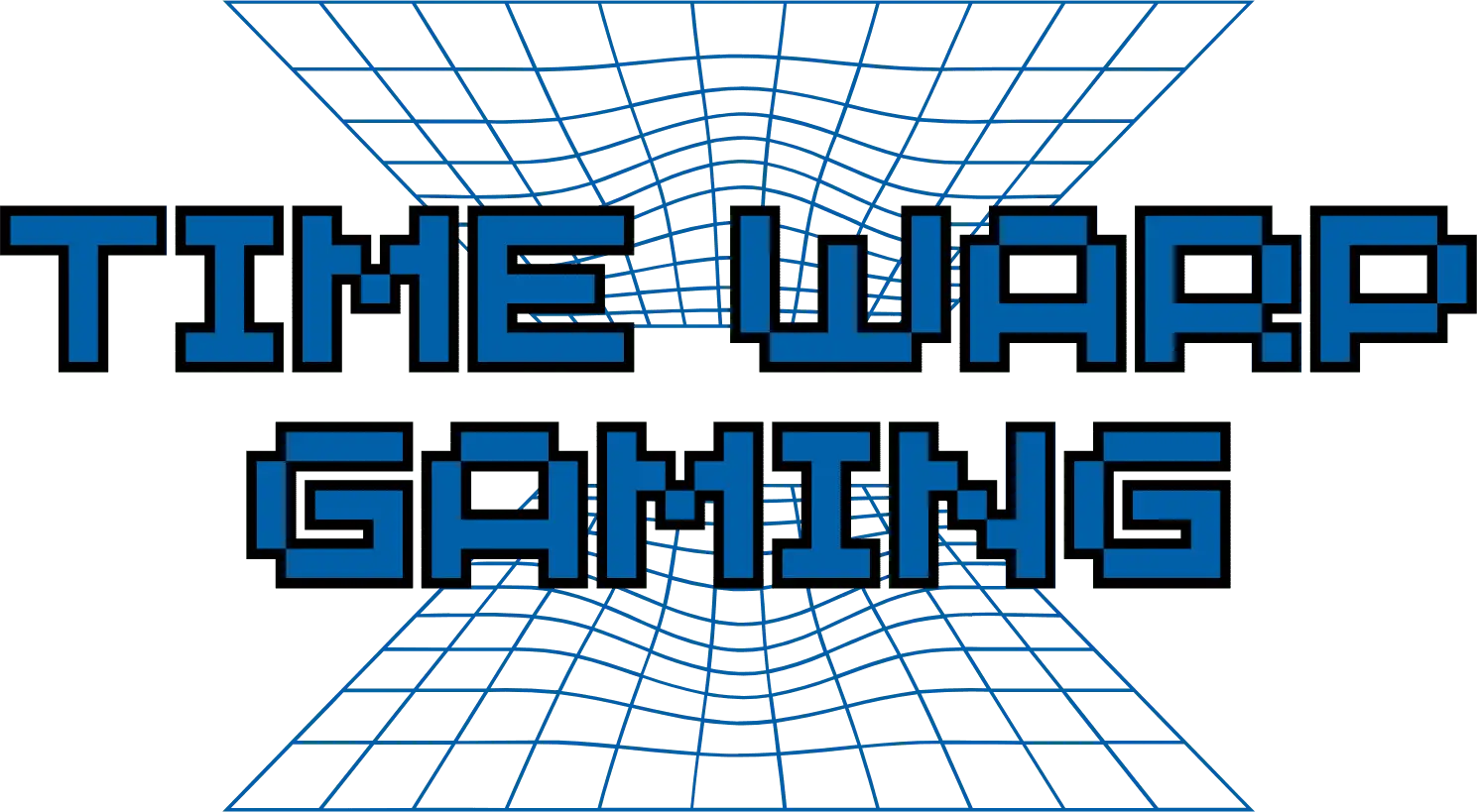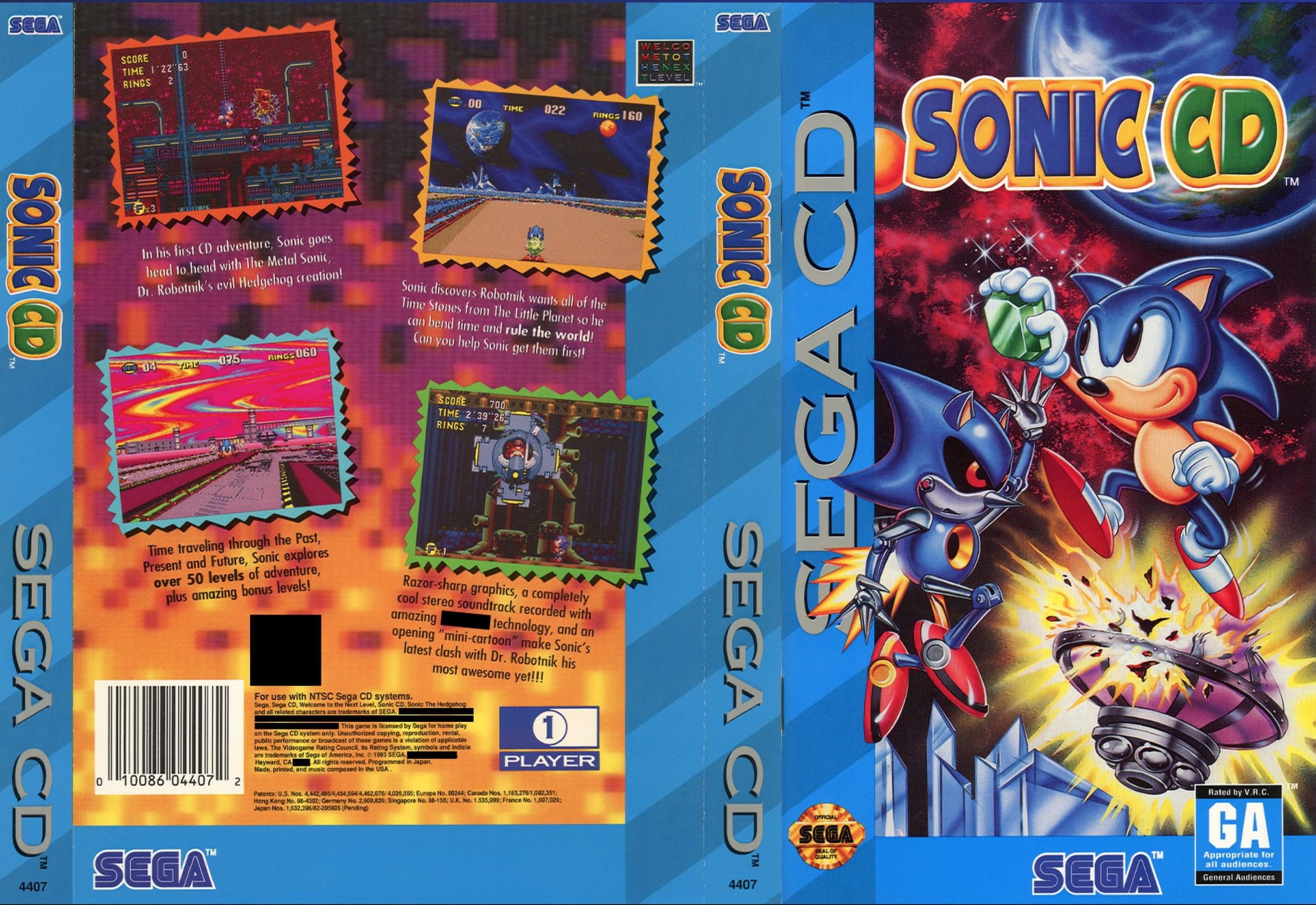Intro:
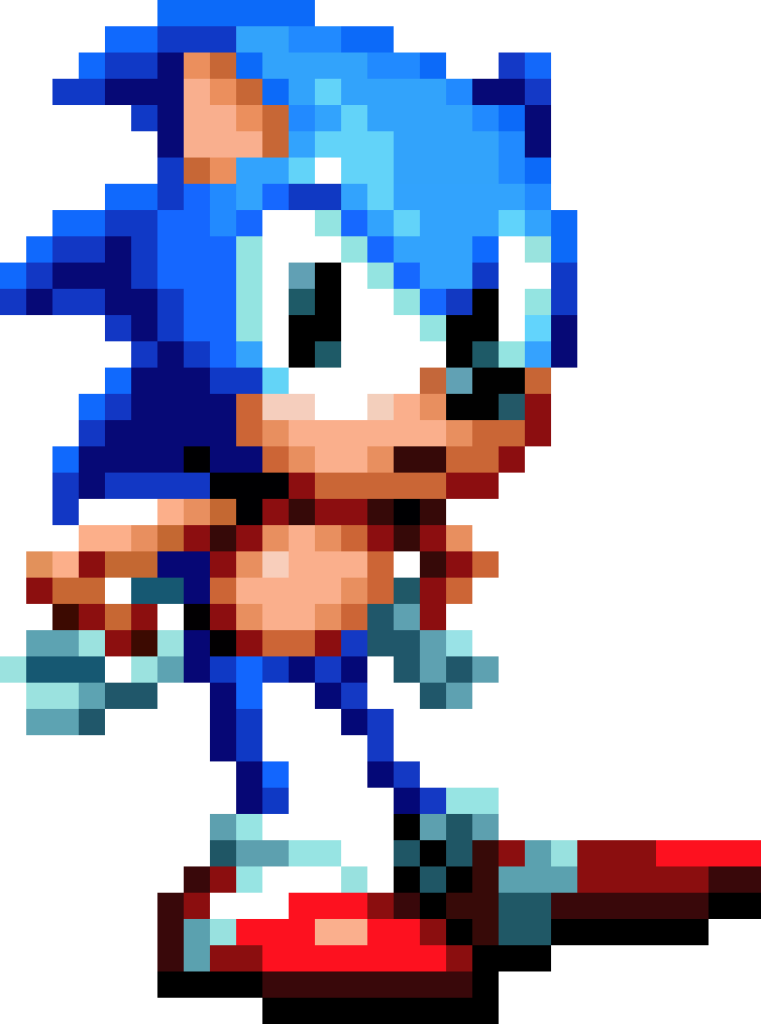
Sonic CD, released in 1993, is a platformer developed and published by Sega for the Sega CD system. In the game, players control Sonic the Hedgehog as he works to safeguard Little Planet, a celestial body, from the schemes of Doctor Robotnik. True to the series’ signature style, Sonic races through vibrant, themed levels, collecting rings and defeating robotic enemies. A unique feature of Sonic CD is its time-travel mechanic, allowing players to explore different versions of each stage with varying layouts, visuals, and music.
| Release Dates | Sega CD: JP: September 23, 1993 WW: November 23, 1993 Windows: JP: August 9, 1996 NA: September 20, 1996 EU: October 3, 1996 Android, PS3, Xbox 360: WW: December 14, 2011 iOS WW: December 15, 2011 Apple TV WW: March 31, 2016 |
| Genre | Platformer |
| Mode | Single Player |
| Developers | 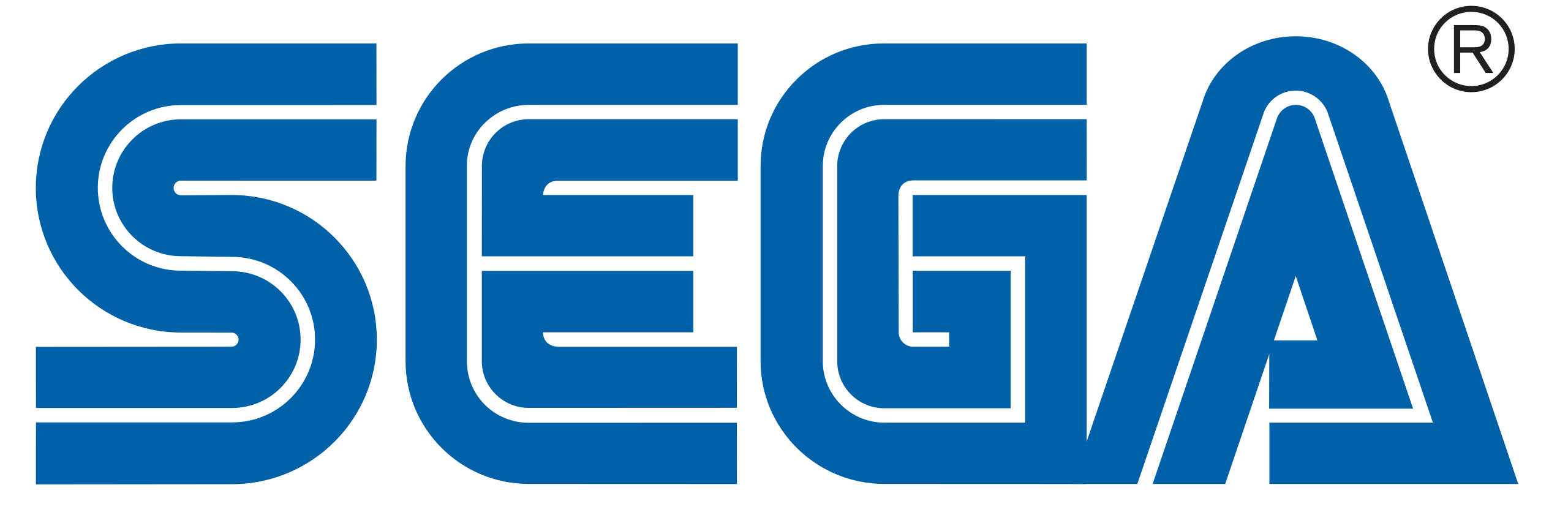 |
| Publishers |  |
| Designers | Matsuhide Mizoguchi Hiroyuki Kawaguchi Kazuyuki Hoshino |
| Composers | Naofumi Hataya Masafumi Ogata North America: Spencer Nilsen David Young Mark “Sterling” Crew |
| Platforms: | Sega CDWindowsAndroidPlayStation 3Xbox 360iOSApple TV |
| Box Art | 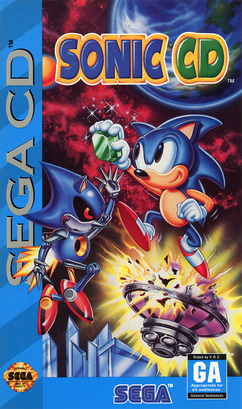 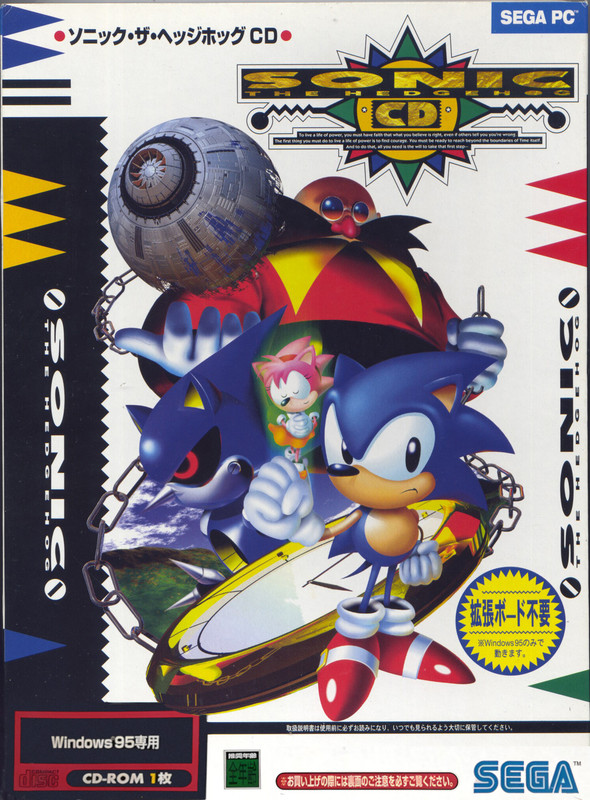 |
Plot
After his initial adventure, Sonic races to Never Lake at the end of the year, drawn by the arrival of Little Planet, a celestial body that appears annually. There, he discovers that his foe, Dr. Robotnik, has anchored the planet to a mountain and is converting it into a massive stronghold with his robotic forces. Robotnik’s scheme revolves around the Time Stones, mystical gems that manipulate time, hidden across the planet’s zones. Determined to stop him, Sonic embarks on a mission into Little Planet, trailed by Amy Rose, a devoted admirer who considers herself his girlfriend.
Robotnik deploys Metal Sonic, a robotic rival, to capture Amy at Collision Chaos, creating a perilous challenge for Sonic. After a high-speed confrontation with Metal Sonic in Stardust Speedway, Sonic rescues Amy and confronts Robotnik in Metallic Madness, ultimately defeating him. The game’s outcome depends on the player’s performance: achieving a ‘good future’ in every level or collecting all Time Stones leads to a positive ending where Little Planet departs peacefully. In the alternate ending, the planet still leaves, but Robotnik retains control of the Time Stones, prompting players to strive for the better outcome in a replay.
Characters:
| Sonic the Hedgehog | 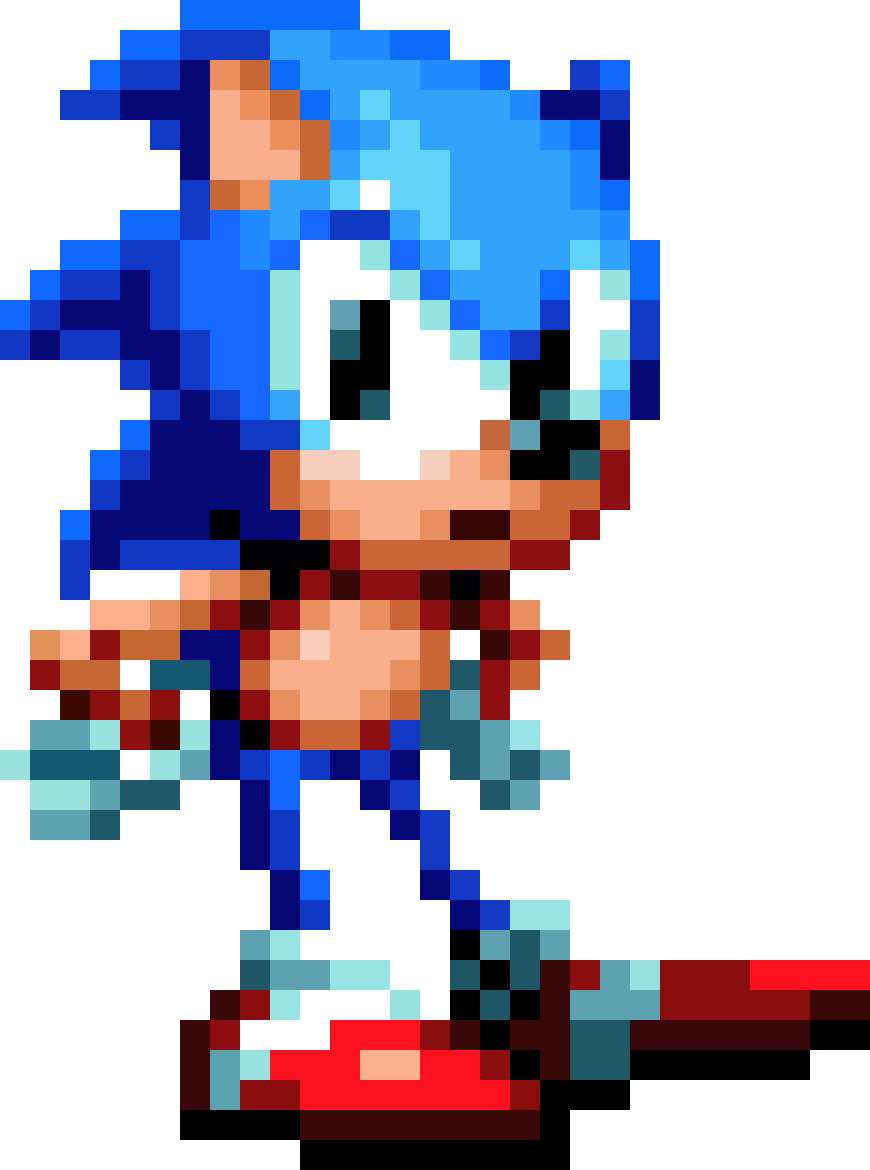 |
| Amy Rose |  |
| Metal Sonic | |
| Dr. Eggman |  |
Gameplay:
Sonic CD is a side-scrolling platformer reminiscent of the original Sonic the Hedgehog. Players guide Sonic the Hedgehog on a quest to thwart Doctor Robotnik’s plans to seize the mystical Time Stones and dominate Little Planet. As in earlier titles, Sonic can roll into a ball to destroy enemies, objects, and power-up monitors. Collecting rings acts as a health buffer, and Sonic has two special moves to boost speed: the “spin dash” and the “super peel-out.”

The game consists of seven levels, each divided into three zones, with the final zone of each level culminating in a boss battle against Robotnik. Players begin with three lives, and losing all results in a game over.
What sets Sonic CD apart is its time-travel mechanic, allowing players to explore past, present, and future versions of levels. The soundtrack evolves with these timelines, offering remixed variations of the present-day themes. Sonic starts in the present for the first two zones, while the third zone is always set in the future. If the player has not altered the timeline, future stages are bleak, dominated by Robotnik’s machinery, referred to as “bad futures.” Players can create a “good future”—characterized by vibrant landscapes, minimal enemies, and thriving nature—by traveling to the past and destroying hidden enemy transporters. Achieving a good future in every zone leads to the game’s best ending.

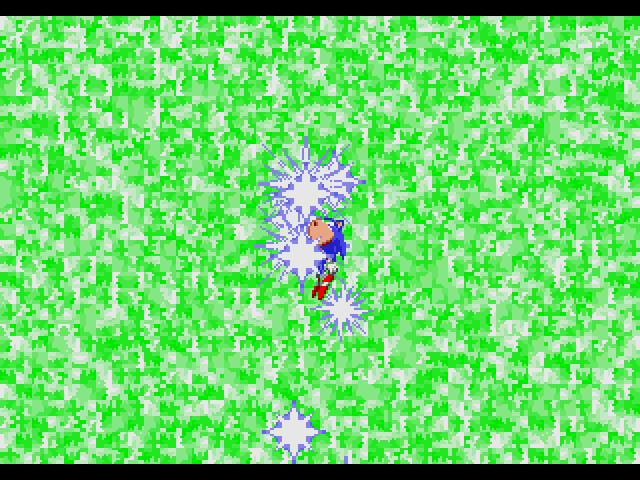
By finishing a level with over 50 rings, players unlock a special stage. These stages are set in a pseudo-3D environment where Sonic must destroy six UFOs within a time limit. Running through water decreases the timer quickly, but destroying a special UFO grants additional time. Successfully completing these stages earns a Time Stone. Collecting all seven Time Stones ensures good futures in every zone, automatically unlocking the best ending.
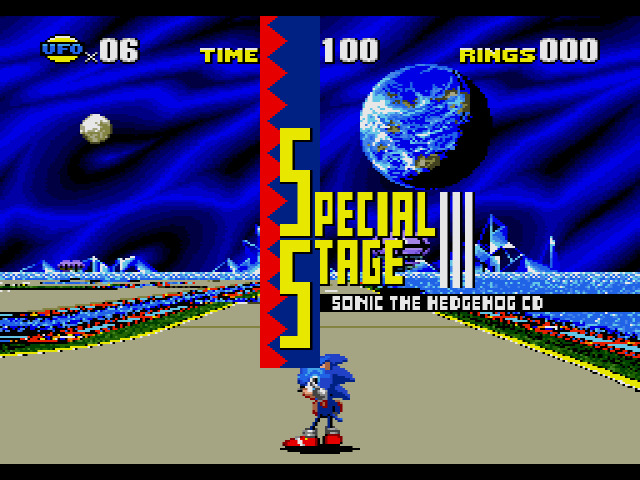
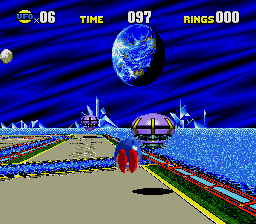
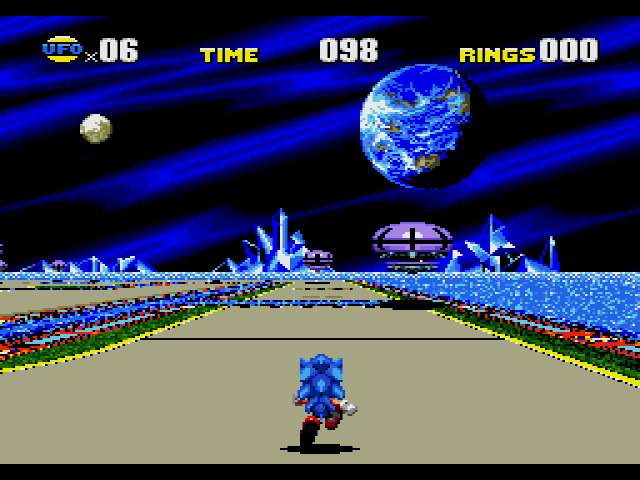
The game also includes extra features: a time attack mode for speedrunning completed levels, a “D.A. Garden” for listening to level music, and a “Visual Mode” for viewing animated cutscenes. Additionally, Sonic CD has a save function that uses the Sega CD’s backup memory, enhancing its replayability and accessibility.
Design:
Sonic the Hedgehog struck a balance between speed and platforming, but Sonic Team’s efforts with Sonic 2 leaned further into speed with streamlined level designs. In contrast, Naoto Ohshima’s team aimed to emphasize platforming and exploration in Sonic CD. Ohshima explained their goal was to expand the game world and setting while adding replayability, creating an experience players could enjoy over an extended period.
Kazuyuki Hoshino, an artist on the project, noted that since Sonic CD was developed for the Sega CD, the team wanted it to stand apart from earlier entries. The game’s visuals were crafted to evoke a CG-like aesthetic, with the Sonic sprite on the title screen based on a figurine created by Taku Makino. The team photographed and scanned the figure to achieve its unique look.
Sonic CD also introduced Amy Rose and Metal Sonic, both designed by Hoshino. While Hoshino developed Amy’s in-game graphics, her design incorporated contributions from multiple team members. Amy’s headband and trainer shoes reflected Ohshima’s personal preferences, while her personality traits mirrored qualities Hoshino admired. Metal Sonic, on the other hand, was envisioned as a formidable rival for Sonic, and Hoshino’s initial sketches captured the character’s essence almost immediately.
The game’s graphics were created using Sega’s custom Genesis graphics system, the Sega Digitizer MK-III, which included bitmap and animation editing tools. The development team primarily used Macintosh IIci computers, with data stored on floppy disks for integration into the game.
Ohshima credited the movie Back to the Future (1985) as an influence on the game’s time travel mechanics. Each stage featured four variations to represent different time periods. Initially, Ohshima envisioned an instantaneous time shift with a “sonic boom” effect, but the programmers implemented a loading sequence instead due to technical limitations.
Compared to Sonic 2, the development team for Sonic CD faced less pressure from Sega, which Ohshima attributed to the game being a reimagining rather than a direct sequel. At 21 megabytes, Sonic CD significantly surpassed Sonic 2’s 1 MB in data size. The game featured animated cutscenes created by Studio Junio, which leveraged uncompressed imagery to achieve higher-quality visuals than other Sega CD games using Cinepak compression. Additionally, the special stages utilized background effects resembling the Mode 7 style popularized by other consoles. A dungeon-themed stage was planned but ultimately cut early in development, as it didn’t align with the core Sonic gameplay.
